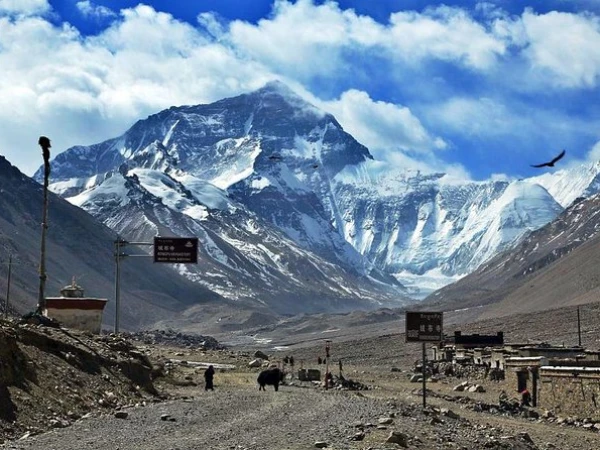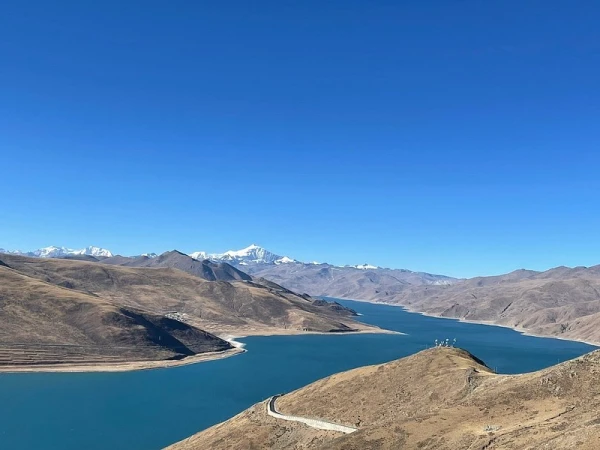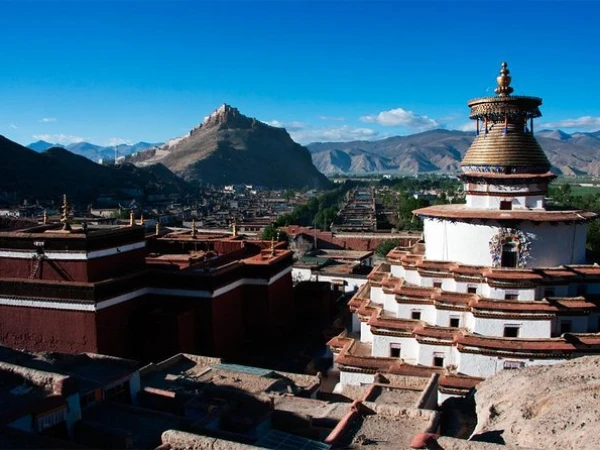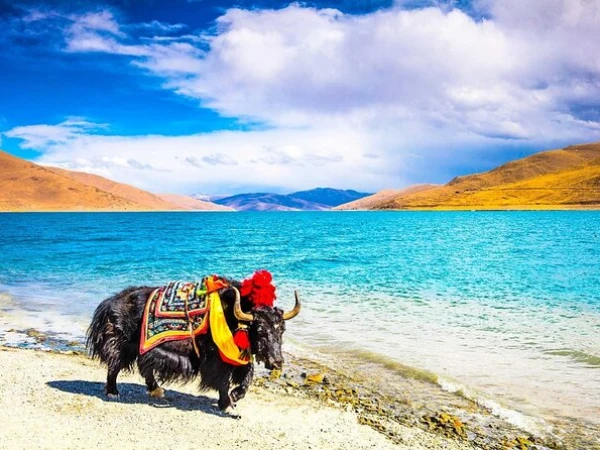Découvrez le Tibet, le Toit du Monde, à travers nos tours privés et en groupe, conçus pour vous offrir une expérience culturelle, spirituelle et aventureuse unique. Que vous voyagiez seul, en couple ou en groupe, nos packages sont adaptés à tous les besoins et budgets.
Pourquoi choisir le Tibet ?
Le Tibet est célèbre pour :
Ses paysages himalayens : montagnes enneigées, vastes plateaux et lacs turquoise.
Sa culture unique : monastères, drapeaux de prière, festivals traditionnels et artisanat tibétain.
La spiritualité : pèlerinages au Mont Kailash et sites sacrés comme le Palais du Potala et le temple Jokhang.
Packages Privés au Tibet
Nos tours privés offrent :
Flexibilité totale : choisissez vos dates, itinéraires et activités.
Guide dédié : accompagnement personnalisé en anglais ou hindi.
Transport privé : bus, jeep ou véhicule tout-terrain selon l’itinéraire.
Hébergement : lodges confortables et guesthouses sélectionnées.
Expérience personnalisée : trekking léger, visites culturelles ou retraites spirituelles.
Packages de Groupe au Tibet
Nos tours en groupe sont parfaits pour :
Voyager avec d’autres passionnés de culture et d’aventure.
Tarifs avantageux grâce au partage des frais de transport et guides.
Assistance complète : équipe locale et Sherpas pour sécurité et confort.
Activités incluses : visites de sites culturels, méditation, trekking et repas végétariens.
Points forts inclus dans tous les packages
Transfert aéroportuaire à Katmandou
Visa de groupe ou assistance pour visa privé
Repas végétariens complets
Support médical : oxygène, trousse de premiers soins
Équipement de trekking de base : sac de voyage, veste en duvet (retournable)
Guides expérimentés et équipe locale pour toute la durée du tour






